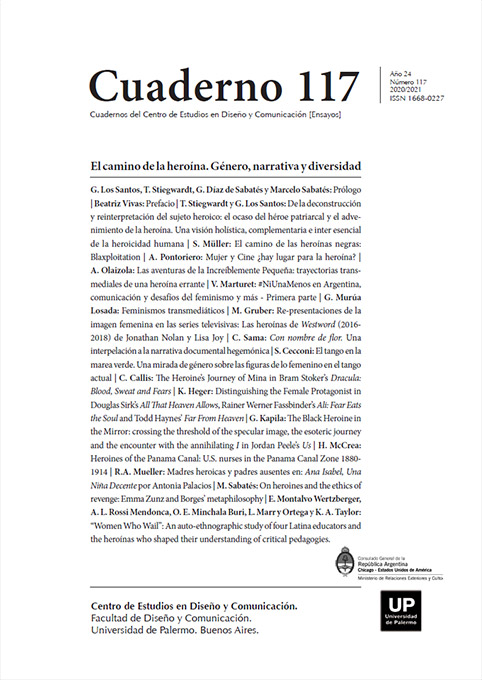The Heroine’s Journey of Mina in Bram Stoker’s Dracula: Blood, Sweat and Fears
Abstract
Dracula, (W. W. Norton & Company Inc. 1997) the epistolary novel written by Bram Stoker 1897 is a collection of diary entries, letters, newspaper articles and interviews collected and documented by Wilhelmina “Mina” Murray. She’s the perfect Victorian woman, a model of domestic propriety, always supporting her posse of men with her goal to be “useful” to them with her knowledge of new technology like the typewriter and the Dictaphone. She’s the keeper of the story, proficient in shorthand and beloved by her husband, and everyone who meets her including Professor Van Helsing, Dr. Seward, Quincey Morris and Arthur Holmwood (Lord Godalming) whose efforts to destroy Dracula provides evidence of for authenticity. Although the novel begins in Jonathon’s voice and point of view as the classic Victorian hero confronted by evil including those undead brides of Dracula— it shifts into the voice and perspective of the heroine of the novel, which is the fiancée and eventual wife of Jonathan Harker and the only woman to survive drinking Dracula’s blood (not the other way around). Mina mind melds with him to reveal his location to the men who carry out his death sentence and release his soul.
References
Ballard, Nancy. Maureen Murdock’s Heroine’s Journeys Arc. The Heroine Journeys Project https://heroinejourneys.com/ November, 2016.
Campbell, Joseph. The Hero With A Thousand Faces. Pantheon Books, 1949. Schmidt, Victoria Lynn. 45 Master Characters, Mythic Models For Creating Original
Characters. FW Media 2001.
Stoker, Bram, Edited by Nina Auerbach and David J. Skal. Dracula. Norton and Company, 1997.
Los autores/as que publiquen en esta revista ceden los derechos de autor y de publicación a "Cuadernos del Centro de Estudios de Diseño y Comunicación", Aceptando el registro de su trabajo bajo una licencia de atribución de Creative Commons, que permite a terceros utilizar lo publicado siempre que de el crédito pertinente a los autores y a esta revista.


